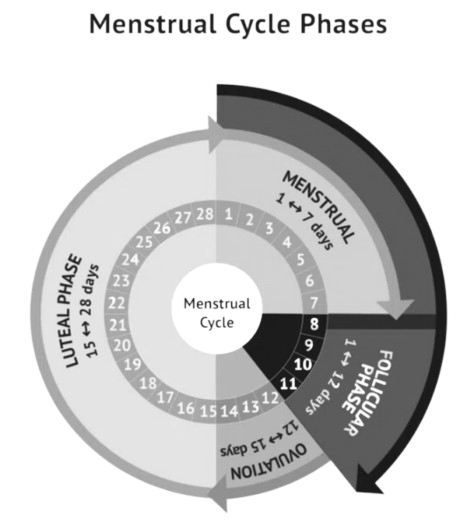Arousal is the invisible accelerator of performance — the physiological and psychological ignition that can propel athletes into peak states or derail them entirely. From heart rate and cortisol surges to the subtle distractions of mobile notifications and multimedia overload, athletes rarely step onto the field at a neutral baseline. The challenge for coaches and players is not whether arousal exists, but how to regulate it: keeping activation within the individual’s optimal zone so that energy sharpens focus rather than fragments it. Contemporary sport science shows that unmanaged arousal amplifies anxiety, impairs decision‑making, and erodes fine motor control, while tailored routines, mindfulness cues, and digital hygiene can transform it into a competitive advantage.
Cliques are not trivial — they are psychosocial defense mechanisms born of insecurity. In all levels of hockey including masters they are a skidmark on the laundry of the game. Left unchecked, they corrode trust, damage outsiders, and drag down performance. Leaders must deliberately dismantle exclusivity and replace it with inclusive structures, rituals, and norms that make belonging universal.
In our game, the ability to strike with speed and precision — whether it’s a slap hit, backhand, or aerial — is not simply a matter of muscular strength and power. It is the integration of strength and mobility across the kinetic chain that allows players to generate whip (torque), transfer force efficiently, and reduce injury risk. Too often, players pursue strength in isolation, overlooking the mobility that unlocks its transfer and the overriding importance of optimal technique allied to an understanding of the most suitable movement patterns or biomechanics.
Playing tournaments in extreme heat where you may face 6-7 games in 10 days or so and on- turf temperatures can rocket past 40 degrees C is not just competition—it’s a physiological siege. Extreme heat doesn’t just drain fluids; it reshapes how the body performs, recovers, and adapts. For athletes and coaches, understanding how to use and adapt the necessary full spectrum recovery programs in these conditions is essential to sustaining performance across a tournament block.
In hockey, the margins are razor thin. A single lapse in hydration can turn sharp decision‑making into hesitation, or explosive speed into heavy legs. Electrolytes aren’t just about quenching thirst — they’re the conductors of muscle firing, reaction time, and recovery. In the furnace of back‑to‑back games, when sweat loss is relentless, getting electrolytes right can be the difference between fading in the final quarter and finishing strong
Errors aren’t flaws—they’re feedback. Every missed pass, wrong call, or stumble is data in disguise. The best athletes and coaches don’t fear mistakes; they mine them for insight, adapt faster, and come back sharper. This piece shows how to flip errors from frustration into fuel, and why embracing them might just be your competitive edge.
Years in cold dugouts, crowded whiteboards, and the trenches of sports science have taught me one thing: in high‑performance sport, every dose matters. In a 7‑ to 14‑day tournament, where recovery windows are short and the stakes are high, the smallest interventions can tip the balance between fading and flourishing..welcome to microdosing
Forget one‑size‑fits‑all meal plans — the modern women’s game is fuelled by data, biology, and timing. Today’s elite hockey players are tapping into precision nutrition that syncs with their own physiology, right down to the hormonal shifts of the menstrual cycle. The result? Smarter fuelling, faster recovery, and performance gains that last all season.









The science of first touch is inseparable from the science of perception. Before the ball arrives, the player’s ability to pre‑scan the environment—looking up to identify teammates, opponents, and available space, within the context of the game situation —has been shown to predict performance outcomes.